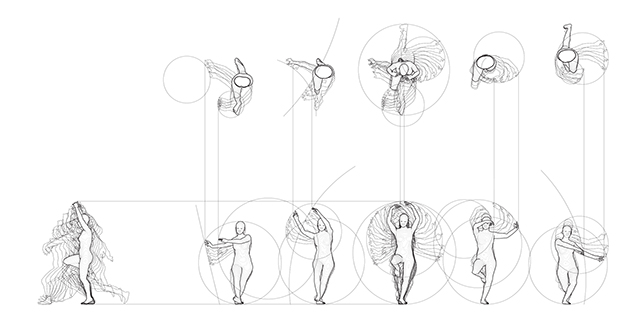

The initial assignment of this studio manifests as a chain of design operations that introduce techniques, strategies, and themes that echo across the semester. Sergio Lopez-Pineiro defines an architectural operation as an exercise that is narrowly focused on a specific architectural issue; issues that may include techniques of production and representation, spatial and geometric experiments, human scale and various understandings of the human figure, and material explorations. Through acquiring competency in the sort of operations that architects use in the conceptualization of their work, we can begin to understand architecture as a practice-based discipline, and come to the realization that it is not through rumination, but "only through an operation that an architect can exercise a design decision".
Our first project, Balloon Animals, does just this.
Here we consider two bodies, one animate and the other inanimate, as the generators of a proto-architectural form. The first is a simulation of a human body, perhaps one similar to our own, which is examined in motion and in terms of dimension, proportion, and expressive gesture. The second is a mineral body which, while inorganic and lifeless, possesses its own anatomy nonetheless, and is able to receive the imprint of the expressive forces that give it form. Implicit themes of form-finding and parametric design pervade this project, while specific skills in digital fabrication, scale and proportion, graphic projection, and formal analysis are explicitly presented.
The first body is a digital human form and motion-captured gesture that will be produced using Adobe Fuse, and a set of predefined gestures provided by Adobe Creative Cloud. A process will be demonstrated for authoring a human figure, selecting a gesture, and for acquiring the necessary three-dimensional geometry for editing and producing two-dimensional drawings in Rhino and Illustrator. This information will form the basis of four descriptive and analytical documents.
Our second body is comprised of inert material, of plaster cast into a flexible latex media. This balloon animal is without conviction, the direct result of an exothermic chemical reaction in which dry plaster powder mixed with water re-forms into gypsum, a process that induces the liquid mixture to take on the form of whatever container in which it happens to reside as it solidifies. While this body is lifeless, it may be seen to exhibit similar properties to the expressive human form, as the motion, direction, and gesture of the forces that shape it leave their imprint. Critically, the method we will exploit in the production of this plaster body allows it to clearly record this imprint of the forces that give it form. As such, these forces may be later uncovered and examined by employing many of the same techniques that have historically been employed in studying the human body in motion, and the same graphic devices we have used in the service of describing Body One.
Like Body One, we will understand this second body not as a singular entity, but as a number of forms that may result from the application of a controlled set of forces. To reliably produce these multiple forms, the attendant forces must be deployed in a controlled and repeatable fashion. To this end, we will require a jig: a custom-made tool used to control the configuration of a form, and to lend repeatability, accuracy, and interchangeability in manufacturing. Students will be provided with specifications and constraints for the fabrication of such a jig, which each student will design such that it applies a controllable set of forces that guide the formation of a plaster form cast into flexible media. In our human figure study, a gesture was understood as the changes in the positions of the body over time. In the context of our plaster forms, a gesture will be understood as the parametric variations in form that are produced by incremental changes in the settings of the jig. Given this correlation, these two dynamics may be described in similar terms. Like Body One, the plaster forms we produced will be examined using descriptive and analytical graphic devices.

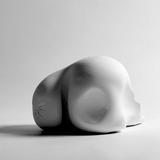
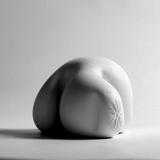
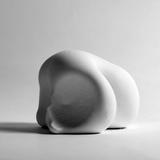
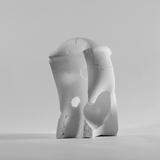
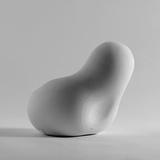
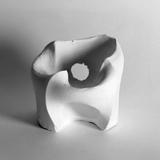
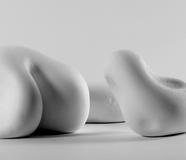





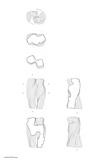
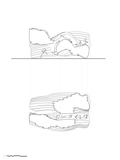






















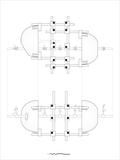















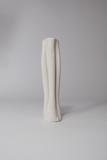
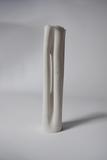
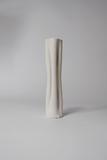
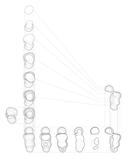
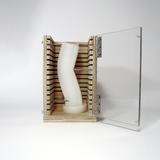
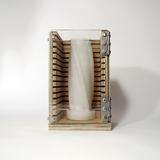
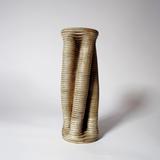
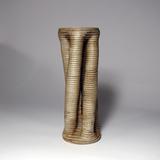
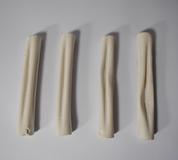





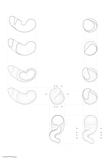
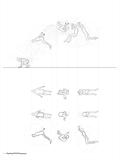
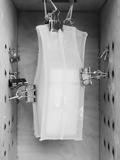
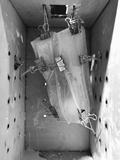
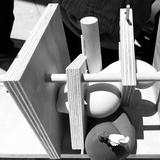
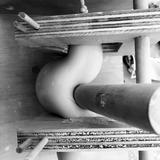
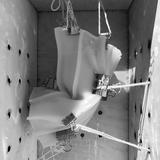
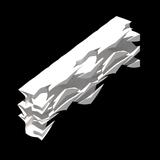
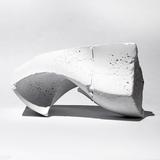
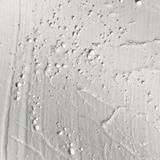
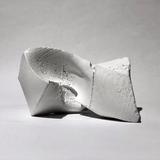









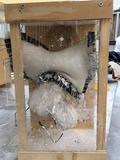













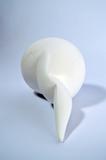
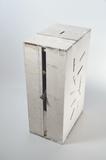
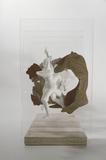
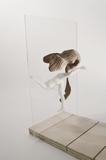
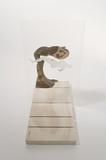
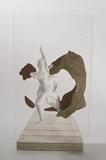
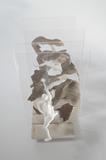
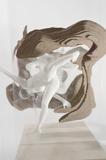
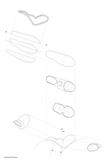
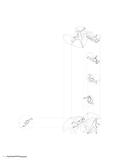
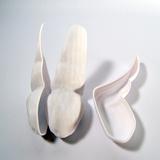










There's more!
Some other projects from this same class have been posted, as well as some interesting student work from this same year.